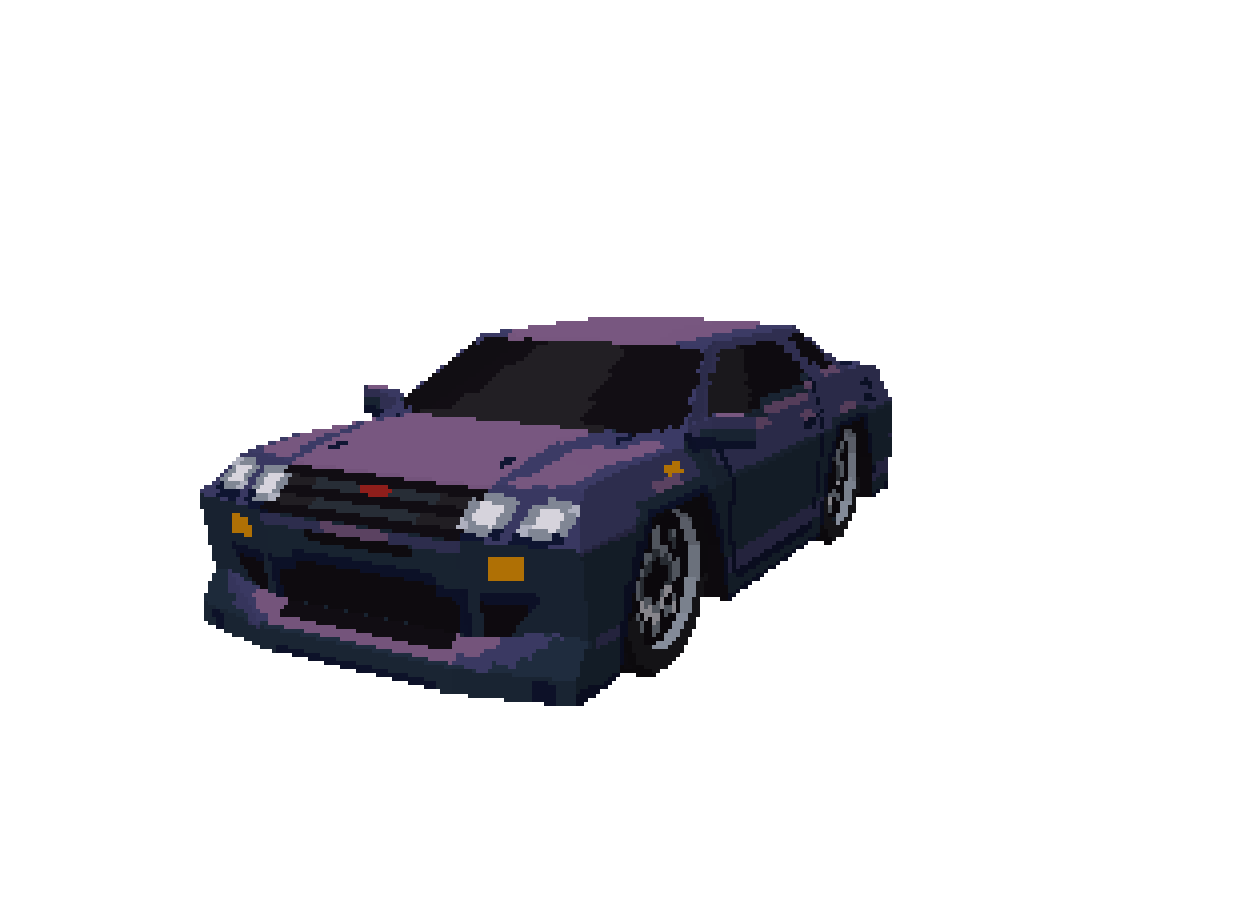Video games as we all know is a very complex and technologically advanced medium, which is uniquely interactive, providing a player as much control over the character and the world in order for them to have fun and immerse themselves in the gameplay and story. Due to this, the music has to adapt to players actions, support the mood, energy and emotions of the gameplay scene. This is the key difference between linear media and games, and as expected, introduces a lot of challenges that have to be dealt with by the composers and audio team. But how do they do it and what approaches are usually taken in order to create so complex pieces of music and how are they implemented? Let’s talk about it!
Game States

Most games have multiple gameplay states, for instance, in an action game, it would be something like this: out of combat when a player is not engaged in active gameplay and just explores the world, in-combat state when the player engages with an enemy. These two states outline the most basic gameplay loop, which is the most popular one. As you can probably tell, both of these states need completely different music in order to complement them, they need to flow from to another and not only serve the presentation but also enable the player to acknowledge what is going on in the game. Imagine if an epic, loud, aggressive piece is playing when the player is just exploring the level - they will start to wonder why is the music so intense and if they should be alert and ready to fight, when in reality - it is not the case.
Ghost of Tsushima
But the idea outlined before is quite a barebone, and the system can be expanded to a much greater extends, depending on the context of the games and can be developed to a much more elaborate and complex one. A great example of this is “Ghost of Tsushima”, an action game set in medieval Japan with stealth elements. On a GDC talk, presented by the music team of Sony Interactive Entertainment. In the talk, a system used in the game was shown, and I was blown away by how in-depth it is. In short, it consists of multiple phases, which interconnect with each other in order to build a musical flow, where one cue seamlessly ramps up/ down in energy and is incredibly interactive. It takes into account the number of enemies, day/ night cycle, the level of the player, and, obviously the state of combat. I urge you to watch this presentation, as it is of incredible value.
My Main Outtakes
For me, the main outtake is this - before even starting composing in the music, work out the interactive system of how it should work, basing your decisions on the gameplay loop and only after that proceed to write the music. I believe, that this will help to create a “mood” graph, which will enable you, the composer, to write fitting music and think about how it flows from one state to the other.
